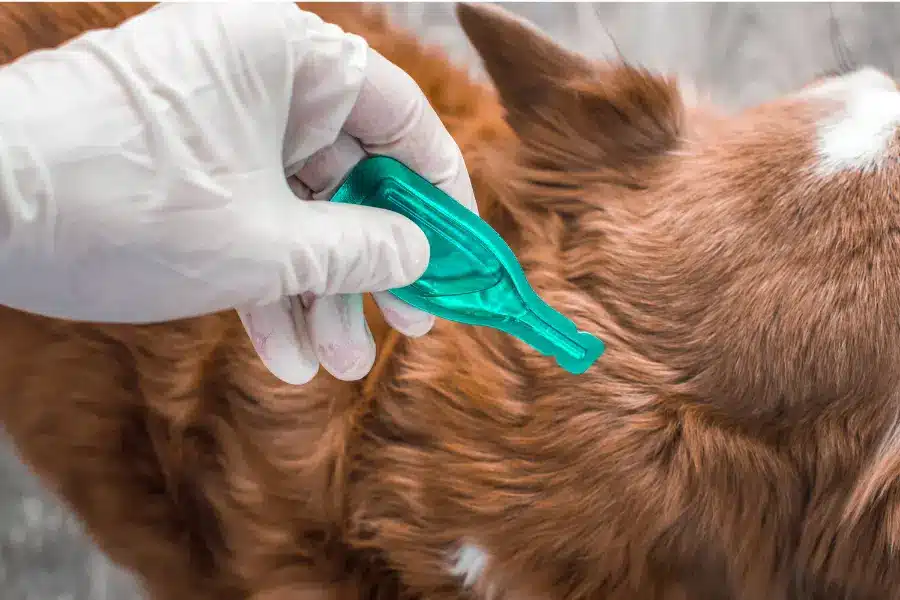Our furry friends bring immeasurable joy and companionship to our lives. Whether it’s a loyal dog, a playful cat, or an exotic pet, pets hold a special place in our hearts.
As responsible pet owners, we strive to provide them with the best care possible. However, unexpected accidents or illnesses can put a strain on our finances and cause significant stress which is why you need to get pet insurance.
This is where pet insurance comes to the rescue, offering peace of mind and financial protection. In this article, we will explore the ins and outs of pet insurance, its benefits, and how it can be a valuable asset for every pet owner.
What is pet insurance?
Pet insurance is a type of coverage designed to protect pet owners from expensive veterinary bills. Similar to health insurance for humans, pet insurance provides financial reimbursement for eligible veterinary expenses.
It helps cover the costs of accidents, illnesses, and even preventive care, depending on the policy. With pet insurance, pet owners can focus on their pet’s well-being without worrying about the financial burden of unexpected medical expenses.
How does pet insurance work?
Pet insurance policies come in various options to cater to different pet owners’ needs. These policies typically allow customization, enabling owners to select the desired coverage and set the deductible and reimbursement percentage.
When a pet needs medical attention, the owner pays the veterinary bill upfront and then submits a claim to the insurance provider. The insurer reviews the claim and reimburses the eligible expenses based on the policy terms and coverage.
The process is straightforward and provides a safety net for pet owners during times of need.
Factors to consider when choosing pet insurance
When selecting a pet insurance policy, it’s crucial to consider several factors to ensure it aligns with your pet’s specific needs. Firstly, carefully review the coverage limits and exclusions to understand what conditions and treatments are covered.
Some policies may have breed-specific exclusions or limitations for hereditary conditions. Additionally, check if the policy covers pre-existing conditions, as many insurers do not provide coverage for existing health issues.
Waiting periods and enrollment age should also be considered, as some policies have waiting periods before certain coverage becomes effective or have age restrictions for enrollment.
It’s important to read customer reviews and evaluate the insurer’s reputation for prompt claim processing and customer service.
Common misconceptions about pet insurance
There are several misconceptions surrounding pet insurance that can deter pet owners from considering it. One common misconception is that the cost of insurance outweighs the benefits.
While there is a monthly premium to pay, the financial protection and peace of mind it provides far outweigh the potential expenses of unexpected veterinary bills.
Another misconception is that pet insurance has limited coverage for certain conditions. While it’s true that pre-existing conditions are usually not covered, many policies provide comprehensive coverage for accidents, illnesses, surgeries, medications, and even alternative therapies.
It’s important to carefully review the policy details and choose one that best suits your pet’s specific needs.
Lastly, some pet owners believe that finding a good pet insurance policy is difficult. With the increasing popularity of pet insurance, there are now numerous reputable providers offering a range of options.
Taking the time to compare policies, read reviews, and consult with veterinarians can help you find a suitable policy that provides adequate coverage for your pet.
The importance of pet insurance for different pets
Pet insurance is beneficial for all types of pets, but it holds particular importance for dogs, cats, and even exotic pets. Dogs are known for their playful nature and love for outdoor activities, which can sometimes lead to accidents.
Additionally, certain dog breeds may be prone to specific hereditary conditions that require ongoing medical care. Having pet insurance ensures that your beloved canine companion receives the necessary treatment without placing a strain on your finances.
Cats, on the other hand, may be more prone to certain health issues such as urinary tract problems or dental diseases. These conditions often require regular veterinary visits and treatments.
With pet insurance, cat owners can provide the best possible care for their feline friends without worrying about the cost.
Exotic pets, including reptiles, birds, and small mammals, have unique healthcare needs that may differ from traditional pets. Finding veterinarians specialized in exotic pet care can be challenging and costly.
However, pet insurance can help mitigate these challenges by providing coverage for specialized care and treatments tailored to the needs of exotic pets.
Tips for maximizing pet insurance benefits
To make the most of your pet insurance coverage, consider the following tips:
- Routine preventive care: Many pet insurance policies offer coverage for routine check-ups, vaccinations, and preventive treatments. Taking advantage of these benefits can help catch any potential health issues early on and prevent costly treatments down the line.
- Understanding policy details: Familiarize yourself with the specifics of your pet insurance policy, including coverage limits, deductibles, and reimbursement percentages. Knowing the details will help you make informed decisions and avoid any surprises when filing a claim.
- Regularly reviewing coverage: As your pet ages or their healthcare needs change, it’s essential to review your insurance coverage. Make sure it still aligns with your pet’s needs and consider adjusting the policy if necessary.
Alternatives to pet insurance
While pet insurance provides comprehensive coverage for veterinary expenses, there are alternative options to consider:
- Self-insurance: Instead of purchasing pet insurance, some pet owners opt to set aside a monthly amount in a dedicated savings account for their pet’s healthcare needs. This approach requires discipline and financial planning but can be a viable option for those who prefer self-insuring.
- Care credit or pet savings accounts: Some financial institutions offer specialized credit options or savings accounts specifically for pet care expenses. These options can provide flexibility in managing unexpected veterinary costs without the need for traditional insurance.
Conclusion
Pet insurance offers peace of mind and financial protection for pet owners, ensuring that their furry companions receive the necessary care without the burden of high veterinary expenses.
It provides coverage for accidents, illnesses, and even routine preventive care, depending on the policy.
By carefully considering factors such as coverage options, policy details, and reputation when choosing pet insurance, pet owners can find the right policy for their beloved pets.
In conclusion, pet insurance is an invaluable asset for pet owners seeking peace of mind and financial security. It allows pet owners to focus on their pet’s well-being without the constant worry of unexpected veterinary bills.
By understanding the coverage options, customizing policies to suit specific needs, and maximizing the benefits offered, pet owners can ensure their pets receive the best possible care.
Whether you have a playful dog, a graceful cat, or an exotic pet, pet insurance provides the assurance that you can provide the care your furry friend deserves.
FAQs
Is pet insurance worth it?
Absolutely! Pet insurance provides financial protection and peace of mind, ensuring that you can afford the best care for your pet when they need it the most. It helps alleviate the financial burden of unexpected veterinary bills, allowing you to focus on your pet’s well-being without hesitation.
What does pet insurance typically cover?
Pet insurance typically covers accidents, illnesses, surgeries, medications, and in some cases, even routine preventive care. It’s important to carefully review the policy details to understand what specific treatments and conditions are covered by your chosen pet insurance plan.
Can I get pet insurance for an older pet?
Yes, many pet insurance providers offer coverage for older pets. However, some policies may have age restrictions or limitations on pre-existing conditions. It’s recommended to research and compare policies to find the one that best suits your older pet’s needs.
Can I use any veterinarian with pet insurance?
Most pet insurance policies allow you to use any licensed veterinarian. However, it’s always a good idea to check with the insurance provider to confirm their network of preferred providers, if any, and whether they have any restrictions or requirements.
How do I file a claim with pet insurance?
Filing a claim with pet insurance is usually a straightforward process. You pay the veterinary bill upfront and then submit a claim form, along with the necessary documentation, to your insurance provider. The insurer will review the claim and reimburse you for the eligible expenses according to the policy terms and coverage.






